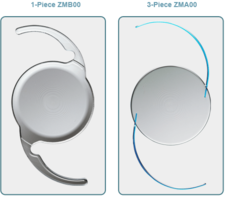Yes, Laser Cataract is the best possible remedy
Do you know how to treat cataracts?
Regardless, cataracts are liquefied, extracted or zapped by a beam of radiation;
laser
cataract is one of the
safest processes available with a high rate of success. Nonetheless, with the
latest range of laser methods, surgeons might soon have to think twice about
carrying out a surgery.
It’s true that the emergence of femtosecond
lasers has brought a new level of consistency, precision, and safety to the
vital aspects of cataract surgery after a routine eye exam. Still, latest studies showed that the laser
photolysis with femtosecond surgery can postpone cataract surgery by
decolourizing the lenses.
Yes, you heard it right. It is not the same
process like decolourizing your hair, skin, teeth and clothes. In case of
cataracts, the lenses are leached with light. The process of photobleaching
includes utilizing a pulsed laser in the infrared spectrum to bleach the
chromophores that accumulate within the natural human lens. By bringing the
transparency to the yellow lenses caused by age through photobleaching, the
requirement for cataract surgery may be postponed for 3 to 7 years.
There are various options to laser
treatment, though it actually depends on the current eye condition.
Nonetheless, laser cataract surgery
is the most feasible option and a highly successful refractive lens exchange
process.
As a
matter of fact, by integrating the concept of photobleaching by the eyesurgeon, nillions of visually impaired people can be saved in
developing countries, where the option of surgery is still not available. However, more research is required to
determine the effect of photobleaching on the refractive index of the lenses
and whether it can create an asymmetric astigmatism. The future is waiting for wider
concepts that will enhance the way surgeons handle cataracts these days, and
eradicate surgery in the near future if possible.




Comments
Post a Comment